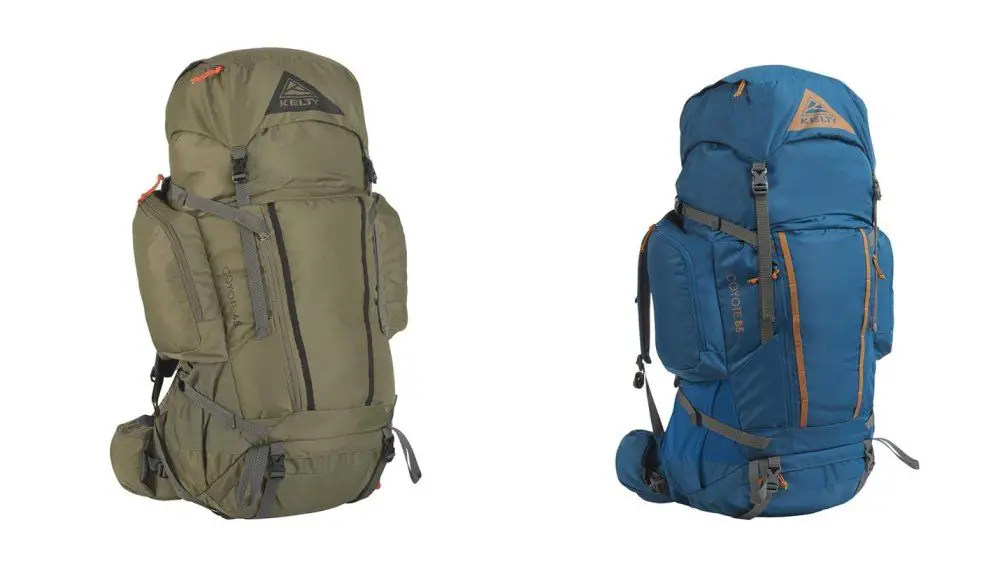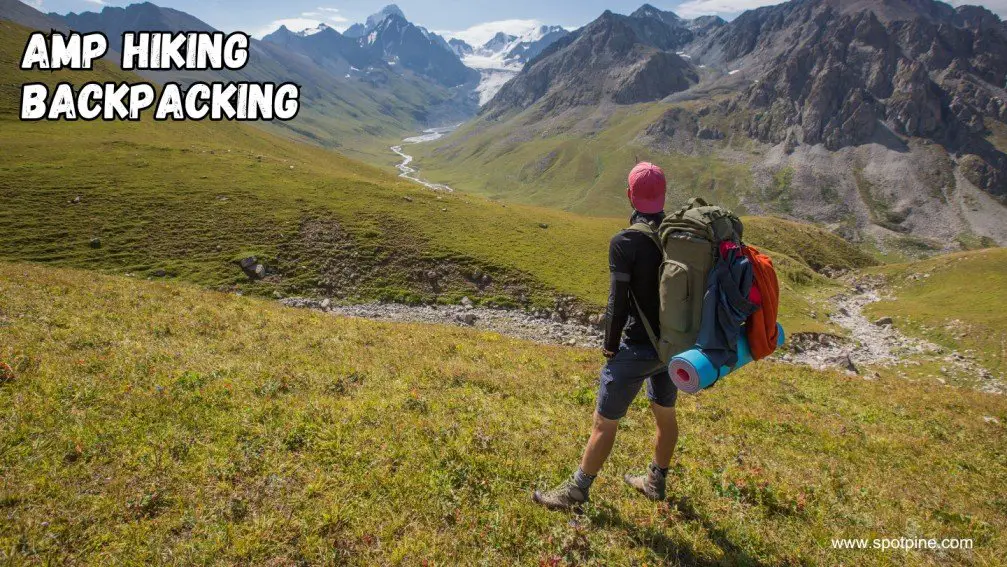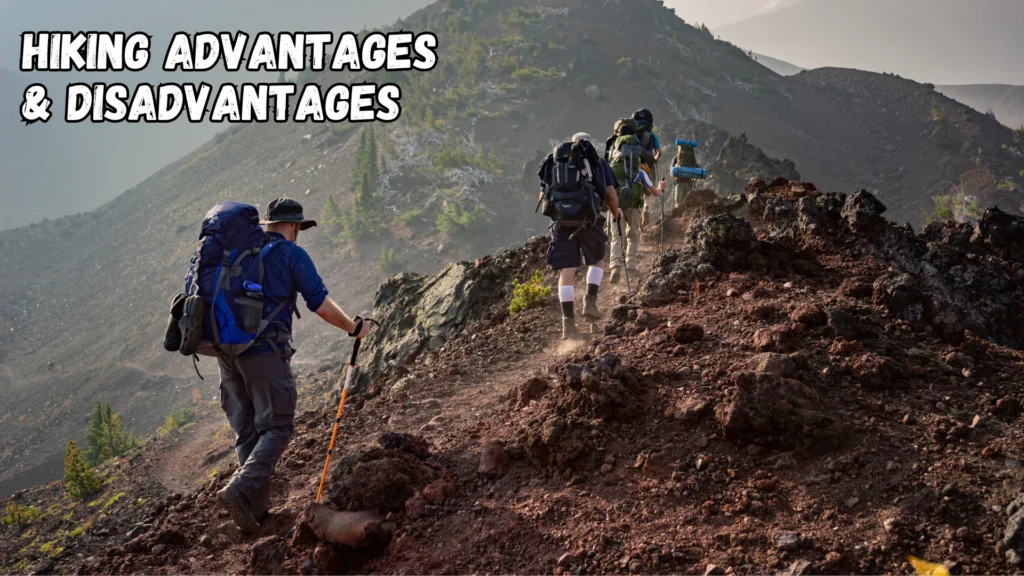When hiking and backpacking in the rain, follow these 11 tips to ensure a successful and safe journey. Hiking and backpacking in wet weather can be challenging, but with the right preparation, gear, and mindset, you can fully enjoy your outdoor adventure.
It is crucial to choose suitable clothing, pack your gear in waterproof bags, and wear waterproof shoes to keep yourself dry and comfortable. Additionally, it is essential to plan your route carefully, stay hydrated, and be mindful of potential hazards such as slippery trails and flash floods.
By following these tips, you can have a memorable and enjoyable hiking and backpacking experience in the rain.
Choosing The Right Gear
When it comes to hiking and backpacking in the rain, choosing the right gear is essential. With these 11 helpful tips, you can ensure that you are well-prepared and equipped to tackle any wet weather conditions on your outdoor adventures.
Don’t let the rain deter you, be prepared and enjoy your trip to the fullest.
Waterproof Clothing
Invest in high-quality waterproof clothing to keep yourself dry during the rain. Look for jackets, pants, and hiking boots that are specifically designed to repel water.
Quality Rain Cover For Backpack
Don’t forget to protect your gear with a durable rain cover for your backpack. Ensure it fits securely and covers the entire bag to keep all your essentials dry.
Footwear Considerations
When preparing for hiking and backpacking in the rain, selecting the right footwear is crucial. Opt for waterproof and breathable shoes or boots with good traction to prevent slipping and keep your feet dry and comfortable throughout your outdoor adventure.
Additionally, consider wearing gaiters to keep moisture out.
Waterproof Boots Or Shoes
Waterproof boots essential for hiking. They keep your feet dry. Make sure they fit well to prevent blisters. Look for high-quality materials that can withstand wet conditions. Proper arch support is crucial for stability. Opt for Vibram soles for good traction. Moisture-wicking socks help keep feet dry.
Gaiters For Added Protection
Gaiters protect lower legs from water and mud. Consider using gaiters for rainy hikes. They add an extra layer of waterproofing. Gaiters prevent water from seeping into your shoes. Durable gaiters are essential for rough terrains. Look for ones with adjustable straps for a snug fit. Gaiters are a great investment for hikers. In rain, wear waterproof boots with moisture-wicking socks. Gaiters add extra protection from water.
Packing Strategies
Discover 11 smart tips for hiking in the rain including waterproof gear, proper layering, and strategic packing to stay comfortable and dry on your outdoor adventures. Embrace the elements with confidence and enjoy the beauty of nature without worrying about the weather.
Use Dry Bags Or Waterproof Stuff Sacks
When gearing up for a rainy hiking or backpacking adventure, it’s crucial to ensure that your gear stays dry. Using dry bags or waterproof stuff sacks can be a game-changer. These specialized bags and sacks are designed to keep your belongings, such as clothes, electronics, and food, dry even in the wettest conditions. Opt for high-quality, durable options to provide maximum protection for your items.
Keep Essentials Easily Accessible
When packing for a rainy adventure, accessibility is key. Keep your essentials, such as rain gear, first-aid supplies, and navigation tools, easily reachable. Consider using a well-organized backpack with multiple compartments to help you stay organized and keep essential items at your fingertips when you need them most.
When heading out for a hiking or backpacking trip in the rain, proper packing strategies are essential to ensure a comfortable and successful adventure. Here are some tips to help you prepare and protect your gear while hiking and backpacking in wet conditions:
- Invest in high-quality dry bags or waterproof stuff sacks to protect your belongings
- Organize your gear in a well-structured backpack with multiple compartments to keep essentials easily accessible
- Consider using waterproof backpack covers to provide an extra layer of protection for your gear
- Utilize lightweight, quick-drying towels or microfiber cloths to wipe off excess moisture from your gear and body
- Choose synthetic or merino wool clothing that retains warmth even when wet
- Bring along an extra set of dry clothes and shoes to change into at the end of your hike
- Use sealable plastic bags to store small items and prevent them from getting damp
- Opt for a waterproof hiking or backpacking tent to shield you from the elements during overnight stays
- Pack a pair of waterproof gloves to keep your hands dry and warm while hiking or setting up camp
- Apply durable water repellent (DWR) treatment to your hiking boots and outer layers for added protection
- Ensure proper ventilation in your backpack to prevent moisture buildup and mildew on your gear
Route Planning
When it comes to hiking and backpacking in the rain, proper route planning is crucial. The last thing you want is to find yourself on a trail that turns into a muddy mess or becomes too slippery to navigate safely. Here are two important factors to consider when planning your route in rainy conditions:
Selecting Well-drained Trails
Choosing trails that are well-drained is key to preventing your hike from turning into a soggy, uncomfortable experience. Look for trails that are elevated or have a good drainage system in place, as these will help minimize the amount of standing water you encounter. Avoid low-lying areas or trails with known drainage issues.
Additionally, it’s important to remember that some trails are better suited for rainy conditions than others. Coastal trails, for example, often have better drainage due to their proximity to the ocean. On the other hand, forested trails with dense vegetation may retain more water and become muddier.
Taking Into Account Weather Forecast
Before hitting the trail, make sure to check the weather forecast for the area you’ll be hiking in. While weather conditions can change unexpectedly, having a general idea of what to expect can help inform your route planning decisions.
Pay attention to the rainfall intensity and duration predicted for the day. If heavy rain is anticipated, it might be wise to choose a trail that offers more shelter, such as one with tree cover or a nearby shelter. On the other hand, if the forecast indicates light rain, you may feel more comfortable taking on a trail with less protection.
Additionally, consider the time of day you plan to hike. Rainfall earlier in the day may result in more water accumulation on the trails, while rain later in the day may give the trails time to drain and dry out slightly.
Remember, proper route planning can make all the difference in ensuring a safe and enjoyable hiking or backpacking experience, even in the rain. By selecting well-drained trails and taking the weather forecast into account, you’ll be well-prepared for whatever Mother Nature throws your way.
Hydration And Nutrition
Explore these hydration and nutrition tips for hiking and backpacking in the rain: Stay hydrated with a water-resistant backpack, pack lightweight snacks like energy bars, and replenish electrolytes with sports drinks. Keeping your body fueled and hydrated is key to a successful rainy day adventure.
Proper hydration and nutrition are crucial when hiking and backpacking in the rain. Rainy conditions can lead to increased exertion, making it even more important to stay hydrated and fuel your body with nutrient-rich snacks. In this section, we will explore two essential aspects of staying fueled and healthy on your rainy outdoor adventures: carrying sufficient water and choosing nutrient-dense snacks.
Carrying Sufficient Water
When hiking or backpacking in the rain, it can be tempting to underestimate your hydration needs. However, even in cool and wet conditions, your body still requires an adequate amount of water to function optimally. Ensure you have enough water by considering the following:
- Start your hike with a full water bottle and additional water containers, such as a hydration bladder or collapsible bottles.
- Check the weather forecast to estimate how much water you will need. Rainy conditions may increase your exertion level and therefore your hydration needs.
- Consider using a water purification system to refill your water supplies if you plan on hiking for an extended period.
- If you’re unsure about water availability along your route, consider bringing a water filter or purifying tablets as a backup.
Choosing Nutrient-dense Snacks
In rainy conditions, it’s important to choose snacks that provide sustained energy and essential nutrients to keep your body going. Consider the following tips when selecting your snacks for a rainy hike or backpacking trip:
- Opt for snacks that are lightweight, compact, and resistant to moisture to ensure they stay fresh, even in wet conditions.
- Include a mix of carbohydrates, proteins, and healthy fats to provide a balanced source of energy. Examples include trail mix, energy bars, nut butter packets, and dried fruits.
- Look for snacks that are rich in vitamins and minerals, such as granola bars with added fruits and nuts, to support your immune system in challenging weather conditions.
- Consider pre-portioned snacks to avoid overeating and to easily manage your food intake during your hike.
By prioritizing hydration and nutrition, you can ensure that your rainy hiking or backpacking adventure is both enjoyable and safe. Carrying sufficient water and choosing nutrient-dense snacks will keep you energized and ready to tackle any challenge the rain may bring. Remember to stay hydrated and nourished, even in wet conditions, to make the most of your outdoor experience.

Kelty Coyote 60-105 Liter Internal Frame Backpack
Campsite Selection
Hiking and backpacking in the rain can present its own set of challenges, but with the right preparation and mindset, it can also be a rewarding experience. When it comes to campsite selection, it’s crucial to consider proper drainage for tent setup and avoid areas prone to flooding. Here are some tips to help you choose the best campsite for your rainy adventure:
Proper Drainage For Tent Setup
One of the most important factors to consider when setting up your campsite in rainy conditions is proper drainage for your tent. Make sure to choose a location with a slight slope to prevent water from pooling around your tent. Clear any debris or rocks that may obstruct the flow of water away from your tent area.
Avoiding Areas Prone To Flooding
It’s essential to steer clear of areas that are prone to flooding when selecting a campsite in rainy weather. Look for higher ground and avoid setting up your camp near riverbanks or low-lying areas that may become waterlogged during heavy rain. Be cautious of potential runoff paths and choose a location that is less susceptible to becoming waterlogged.
Emergency Preparedness
Discover 11 essential tips for hiking and backpacking in the rain. Stay prepared with these expert tips to make the most of your wet adventure and ensure your safety in unpredictable weather conditions.
Carrying A First Aid Kit
Always carry a first aid kit, including bandages, antiseptic wipes, and medications for emergencies.
Knowing Exit Routes
Understand your surroundings and be aware of exit routes in case of an emergency situation.
In the wild, the unexpected can happen. Therefore, emergency preparedness is crucial for hikers and backpackers, ensuring safety and peace of mind.
Being prepared for any situation is essential, especially in unpredictable weather conditions such as rain.
- Carry a first aid kit at all times with essentials
- Learn the exit routes in the area you are hiking
- Make sure to be aware of your environment
Trail Etiquette In The Rain
When hiking in the rain, it’s crucial to practice trail etiquette to preserve the environment and respect wildlife habitats. Here are some essential tips to follow in wet conditions:
Minimizing Trail Erosion
i. Prevent soil erosion by sticking to designated trails and avoiding shortcuts.
ii. Step around muddy areas instead of widening the trail.
iii. Stay off wet trails to reduce damage to fragile ecosystems.
Respecting Wildlife In Wet Conditions
i. Keep a safe distance from wildlife to avoid stressing or disturbing them.
ii. Avoid feeding animals as it disrupts their natural behaviors.
iii. Be mindful of nesting birds and burrowing animals along the trail.
Credit: ampexgear.com
Don’t let a little rain dampen your hiking and backpacking adventures. By following these 11 tips, you can stay dry, and safe, and enjoy the outdoor experience even in wet weather. Remember to invest in quality rain gear, stay mindful of your surroundings, and always prioritize safety on your rain-soaked journeys.
With these tips in mind, you can embrace the beauty of nature regardless of the weather conditions.



